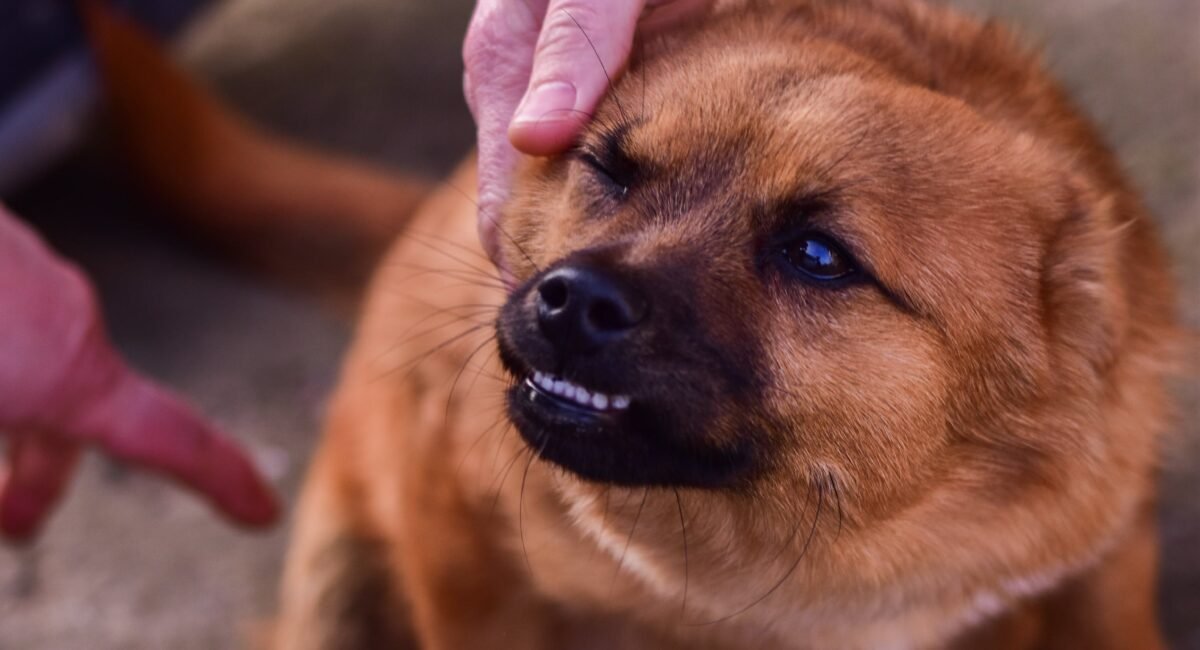Understanding Why Your Puppy Growls
- 5 February 2024
- BuyAPet Editorial Team
- All Dogs, Dog Health
Understanding Why Your Puppy Growls
Growling is information, not mischief. Learn what it means and how to respond kindly.
Why Do Puppies Growl?
Puppies communicate through body language and sound—growling included. It can mean, “I’m scared,” “Please give me space,” or “This game is exciting!” Listening to the message helps you support your pup and prevent problems.
Growl = Warning, Not ‘Bad’
A growl protects the pup’s space. Respect it—don’t punish it.
Context is Everything
Play, fear, guarding, pain—observe when and where it happens.
Teach Alternatives
Show what to do instead: step away, settle, swap, or look to you.
Addressing Fear in Your Puppy
Create a safe, predictable environment. Pair scary things with distance and treats. Let your puppy choose to approach; avoid forcing interactions.
Handling Aggressive Growling
Safety first. If growling appears around food, resources, handling, or children, work with a qualified trainer/behaviour professional. Early help prevents escalation.
Never punish a growl. Punishment hides warnings and can lead to a bite without warning.
Playful Growling: When Is It Okay?
Many pups growl during tug or chase. That’s normal if bodies are loose, play breaks are easy, and arousal stays manageable. Use short rounds and ask for a quick “drop” or “sit” between plays.
Establishing Trust and Leadership
Think “guide,” not “boss.” Be consistent with routines, teach simple cues, reinforce calm choices, and protect your pup’s space. Trust reduces the need to growl.
